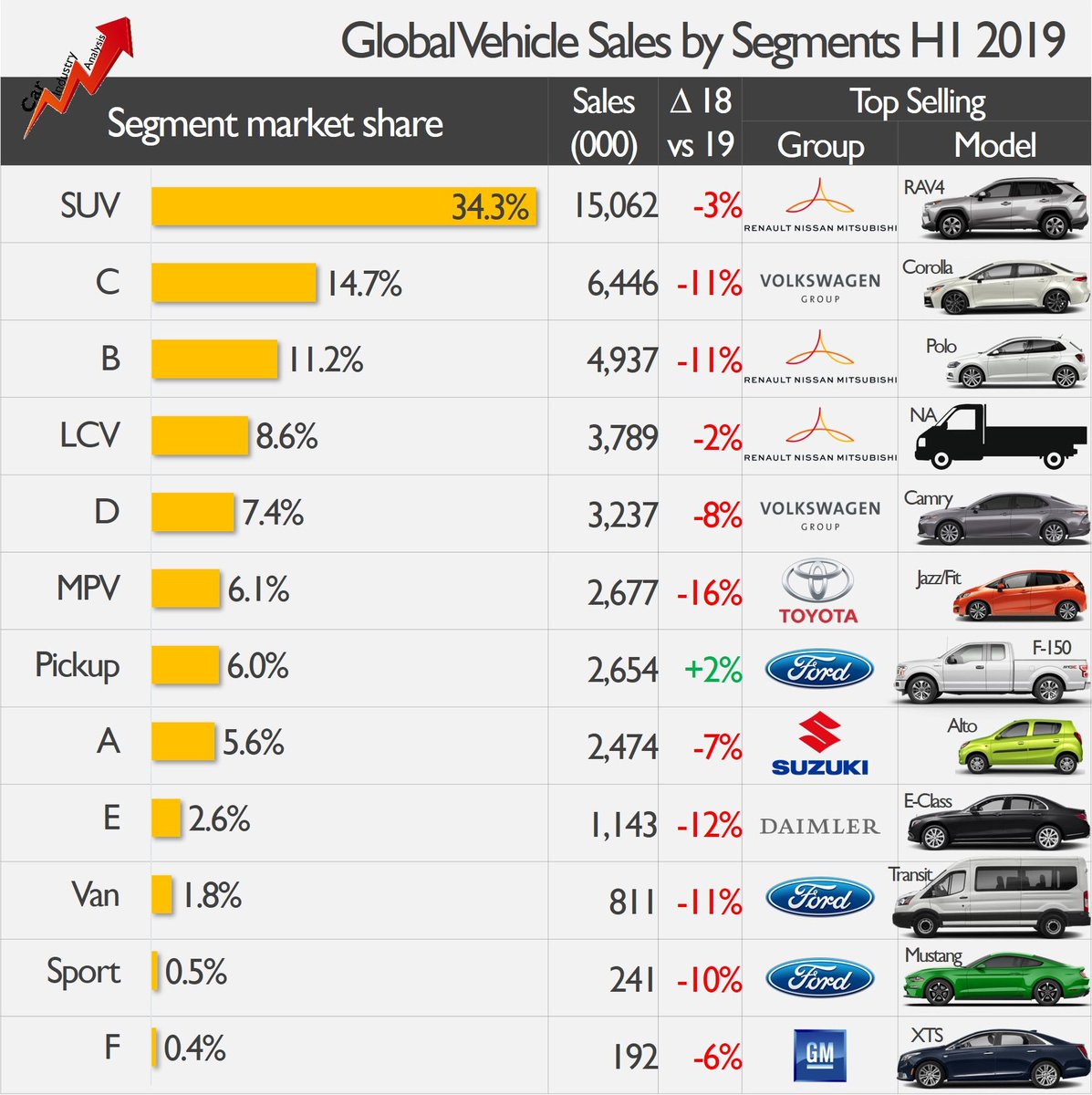Now the few thing missing from yesterday's investor meeting that would have made investors rejoice
1. $ instead of Twh. Tesla didn't really explain the TAM in dollars
2. Tesla didn't make any forward guidance using the 1TWH storage/2TWH transport in the form of expected revenue, margin, etc etc.
Most investor day presentation explain things in dollars which Tesla didn't even bother, perhaps trying to give people the sense that Tesla is philanthropic as Elon alluded to before. So instead of saying "we are going to print lots of net income and this is our goal of expected EPS ____ by 2030", it was "we are going to revolutionize the world economy away from fossil fuel and human labor".
I guess it was a diplomatic move. Perhaps not the best time to put trillion dollar revenues on slide when the people thinks corporations are greedy and should be taken down.
1. $ instead of Twh. Tesla didn't really explain the TAM in dollars
2. Tesla didn't make any forward guidance using the 1TWH storage/2TWH transport in the form of expected revenue, margin, etc etc.
Most investor day presentation explain things in dollars which Tesla didn't even bother, perhaps trying to give people the sense that Tesla is philanthropic as Elon alluded to before. So instead of saying "we are going to print lots of net income and this is our goal of expected EPS ____ by 2030", it was "we are going to revolutionize the world economy away from fossil fuel and human labor".
I guess it was a diplomatic move. Perhaps not the best time to put trillion dollar revenues on slide when the people thinks corporations are greedy and should be taken down.





